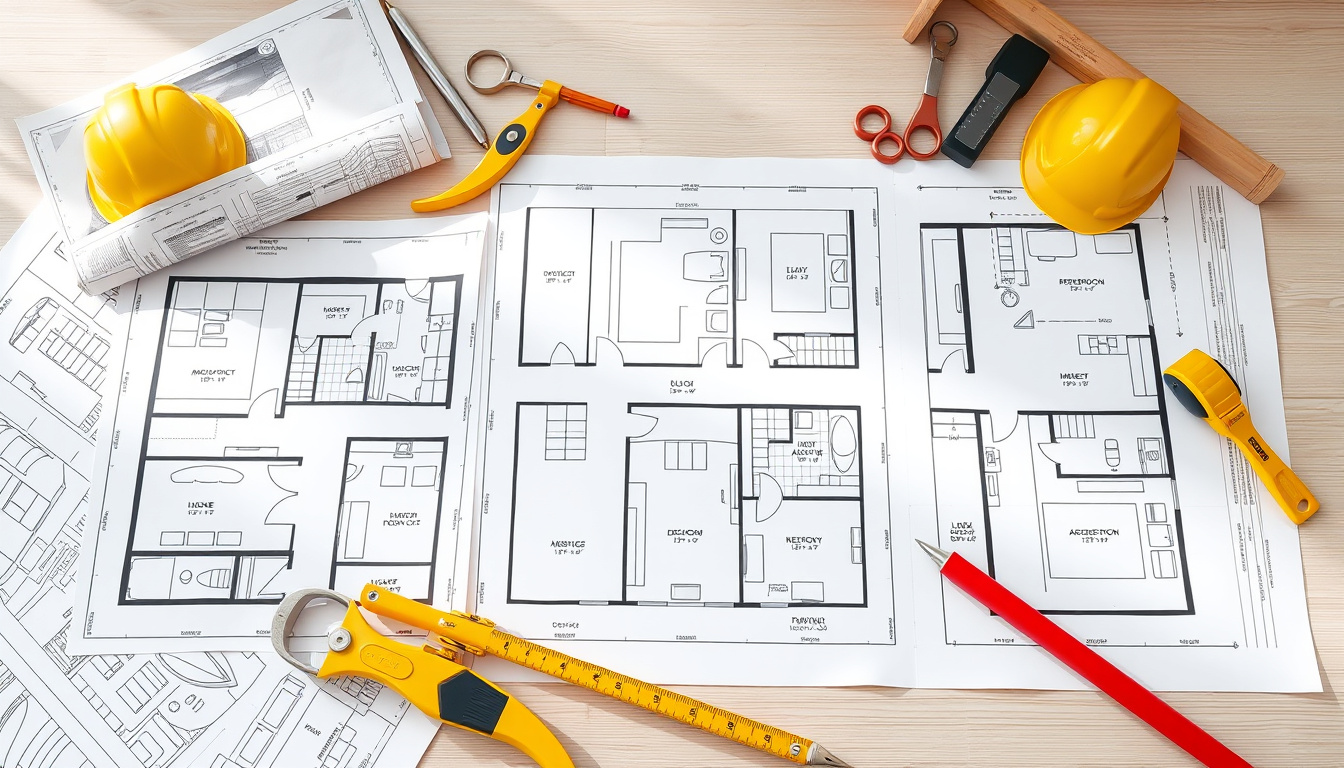When embarking on a pre-construction project, one of the most critical steps is understanding floor plans. These architectural blueprints serve not just as a guide for builders, but as a functional framework that shapes your vision into reality. In this article, we will unlock the secrets of floor plans pre-construction, covering their significance, the key elements to evaluate, and best practices for collaborating with architects and builders to ensure your dreams materialize coherently and effectively.

Key Takeaways
- Floor plans are crucial for visualizing and organizing space in pre-construction projects.
- Key elements such as layout, flow, and functionality are vital when reviewing floor plans.
- Open communication with architects ensures your vision is accurately represented in the floor plans.
- Involving builders early in the process helps identify practical construction considerations.
- Regularly revisiting floor plans throughout the project can prevent costly changes down the line.
Understanding the Importance of Floor Plans in Pre-Construction
When embarking on any building project, understanding the importance of floor plans in pre-construction is essential for both homeowners and builders. Floor plans serve as a vital blueprint that outlines the layout and flow of a space, allowing stakeholders to visualize the project’s potential before a single brick is laid. By meticulously analyzing floor plans during the pre-construction phase, clients can make informed decisions about room dimensions, furniture arrangements, and overall functionality, ensuring that the design aligns with their lifestyle and needs. Moreover, having a well-thought-out floor plan is crucial for maximizing the efficiency of construction processes and minimizing costly adjustments later on. Investing time in creating detailed floor plans pre-construction ultimately lays the foundation for a successful project that meets both aesthetic and practical requirements.
Key Elements to Consider When Reviewing Floor Plans
When navigating the world of floor plans pre-construction, it’s essential to focus on several key elements to ensure that your future home meets your lifestyle needs. First, assess the layout; consider how the flow of spaces works for daily living and entertaining. Look for an efficient use of space, where rooms aren’t just well-sized but also connect meaningfully. Natural light is another significant factor; take note of window placements and the orientation of the home, as these can significantly affect energy efficiency and mood. Additionally, think about future needs. If your family may grow or your work-from-home situation changes, having flexible spaces is crucial. Lastly, don’t forget to review the quality of materials and construction details outlined in the plans, as these can impact both durability and maintenance. By carefully considering these elements, you can ensure that your floor plans pre-construction not only serve your current wants but also position you for long-term satisfaction in your new home.
‘Good design is about making other designers feel like idiots because that idea wasn’t theirs.’ – Frank Chimero

Best Practices for Collaborating with Architects and Builders on Floor Plans
Collaborating effectively with architects and builders during the pre-construction phase is crucial for achieving optimal floor plans that reflect your vision while adhering to practical considerations. To ensure a productive partnership, start by clearly defining your goals and requirements—this includes understanding your needs in terms of space, functionality, and aesthetic appeal. Share any inspiration you have, be it from magazines, websites, or existing buildings. During the initial design discussions, remain open to suggestions from your architectural team; their expertise in urban planning and design can significantly enhance the efficiency and functionality of the proposed floor plans. Regular communication is key—establish a schedule for updates and check-ins to keep all parties aligned and informed. Additionally, consider using 3D modeling tools or virtual reality walkthroughs to visualize your future space and refine the floor plans further before construction begins. Lastly, don’t forget to discuss budget considerations early on, as this will guide the architects and builders on the feasibility of different design options. By following these best practices, you will not only streamline the design process but also ensure that your floor plans pre-construction meet your expectations and needs.
Moose Realty
Mustafa “Moose” Aslamzada | Real Estate Agent
Royal LePage Signature Realty
[color=rgb(71, 71, 71)]30 Eglinton Ave W Suite 201, Mississauga, ON L5R 3E7[/color]
📞 647-988-7325 | ✉️ moose.a@royallepage.ca
🌐 www.MooseRealty.ca
Connect with Us
Facebook | Twitter | LinkedIn | Instagram
